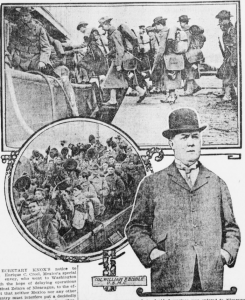
U.S. Marines leaving NYC in December 1909 for deployment in Nicaragua. Colonel William P. Biddle, in charge of the detachment, is at right. Source: California Digital Newspaper Collection
On Nov. 18, 1909, President William Howard Taft sent U.S. warships to take position against the elected government of Nicaraguan President José Santos Zelaya. Taft’s administration (and Roosevelt’s before his) had close relations with U.S. corporations operating in Nicaragua. Those corporations were not pleased with how Zelaya defended the economic interests of his country and the region from exploitation by U.S. businesses.
The U.S. justified the intervention by claiming to protect U.S. lives and property. This intervention led to the end of Zelaya’s rule and the beginning of U.S. occupation.
An invaluable, detailed description of the 1909 intervention and overthrow of Zelaya can be read online in “The US-orchestrated overthrow of the Nicaraguan government, 1910” at Libcom.org. It is an excerpt from the book Overthrow: America’s century of regime change from Hawaii to Iraq by Stephen Kinzer. Kinzer concludes,
This was the first time the United States government had explicitly orchestrated the overthrow of a foreign leader. In Hawaii, an American diplomat had managed the revolution, but without specific instructions from Washington. In Cuba, Puerto Rico, and the Philippines, American “regime change” operations were part of a larger war. The overthrow of President Zelaya in Nicaragua was the first real American coup.
The infamous Major Smedley Darlington Butler, a highly decorated Major General in the U.S. Marine Corps, served the U.S. military in Nicaragua from 1909 to 1912. He later wrote,
I served in all commissioned ranks from second lieutenant to Major General. And during that period I spent most of my time being a high-class muscle man for Big Business, for Wall Street and for the bankers. In short, I was a racketeer for capitalism. I suspected I was just part of the racket all the time. Now I am sure of it.
A second intervention in 1925 would trigger a persistent resistance against U.S. occupation, led by Augusto César Sandino. Here is a brief bio of Sandino from TeachingCentralAmerica.org.
Augusto Sandino was born on May 18, 1895 in Niquinohomo, a small town in Nicaragua. During his youth, he worked at an oil company in Mexico and became inspired by the message of social equality advocated for by Mexican labor unions. Sandino fought on the side of the Liberal party during the Nicaraguan civil war, often called the “Constitution War.”
The United States supported the Nicaraguan government by sending in the Marine Corps. After the war had ended, U.S. troops continued their military occupation, by claiming to oversee social stability during the presidential election.
From 1927-1933, Sandino led a rebellion against the United States military occupation of Nicaragua. Sandino fought against the Nicaraguan government and their repressive policies, which included the crushing of a people’s uprising against the corrupt President Adolfo Díaz in 1912. The group he led was named “The Defending Army of National Sovereignty” and their motto was, “Motherland and Liberty.”
Sandino is remembered today as a courageous revolutionary in Nicaragua who fought for an independent and autonomous Nicaragua, free from foreign intervention. Learn more at the Sandino Rebellion website.

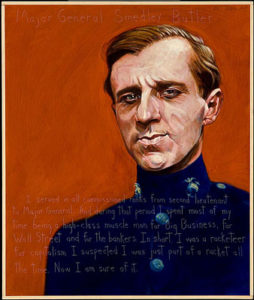
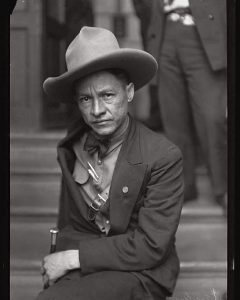
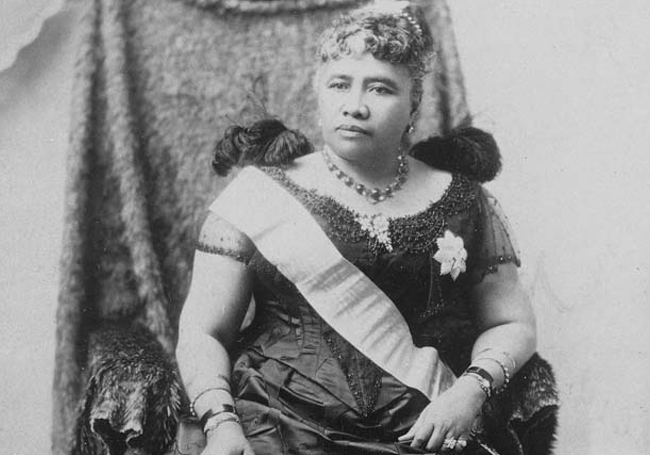
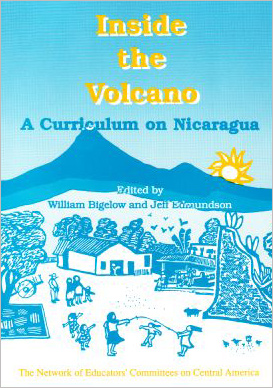
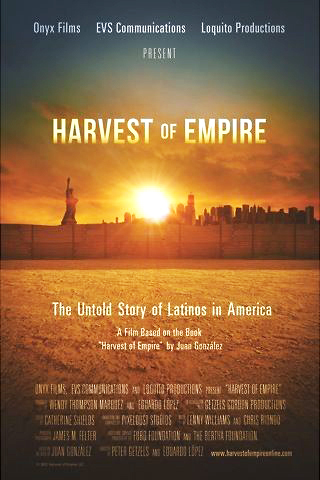
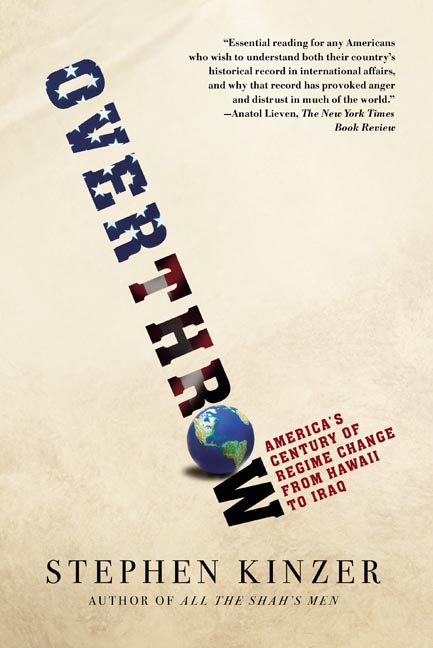

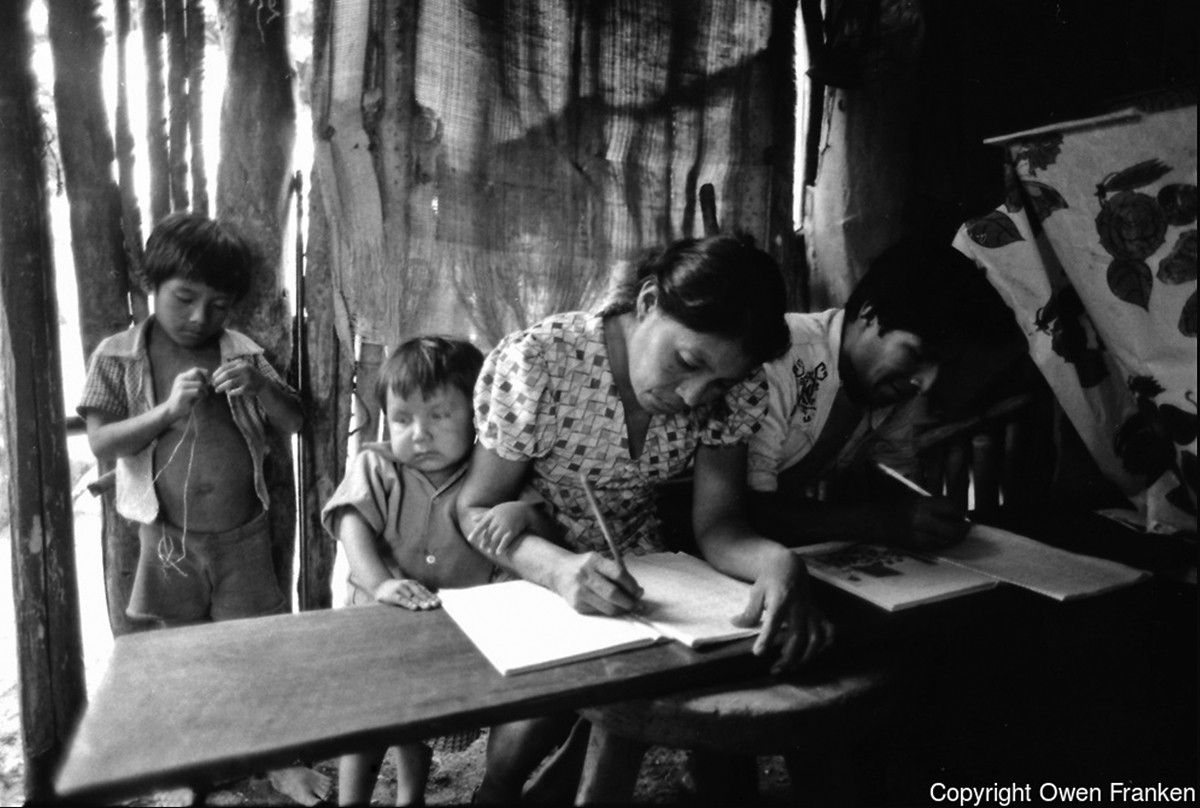
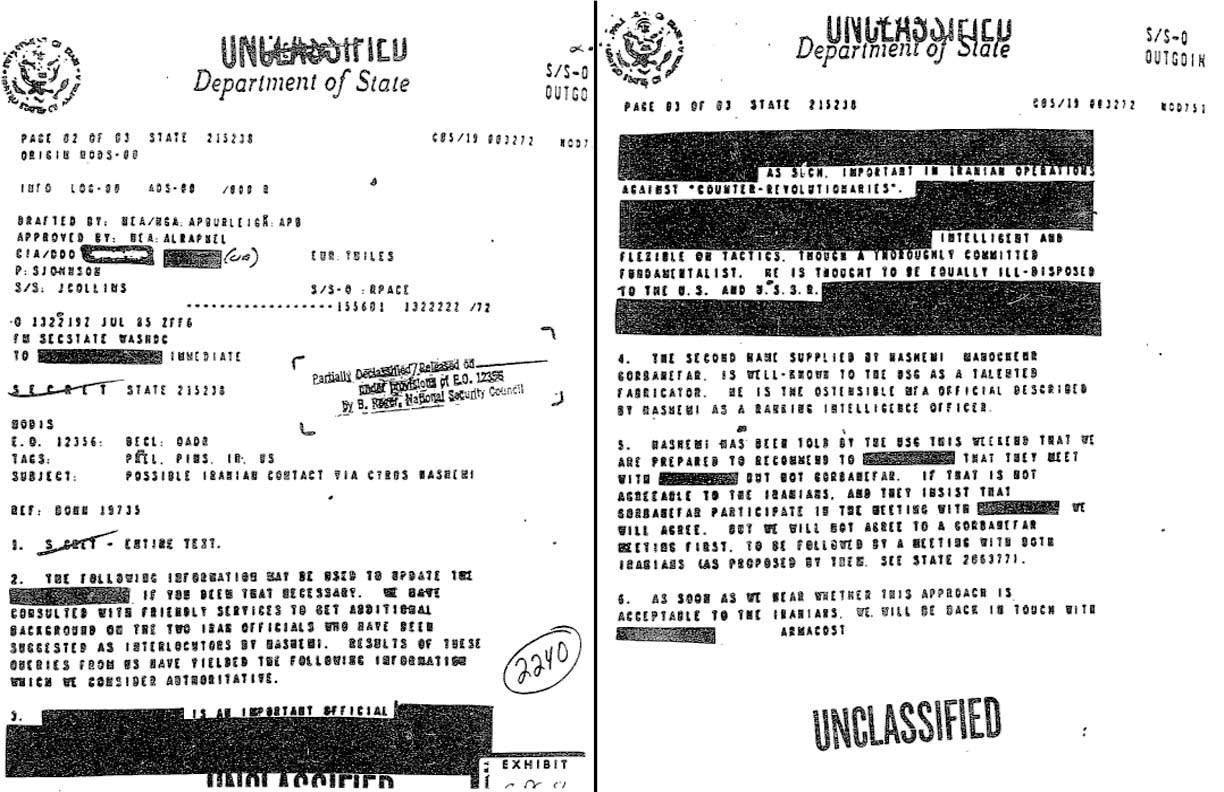
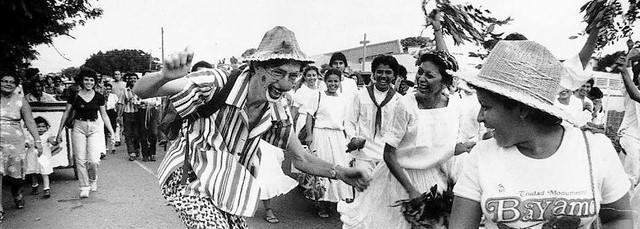





Twitter
Google plus
LinkedIn